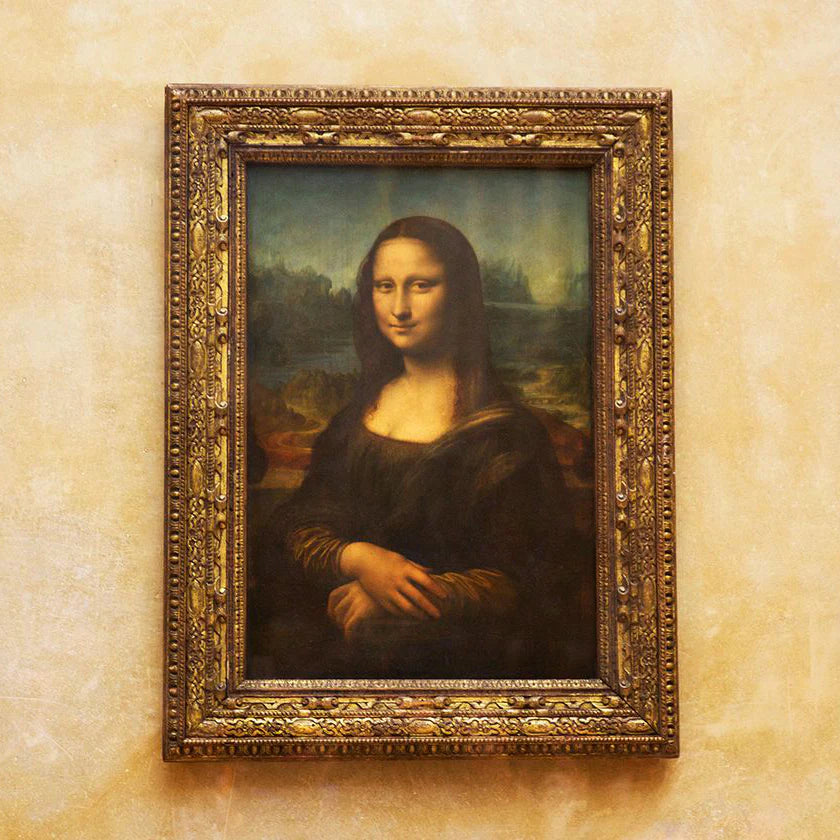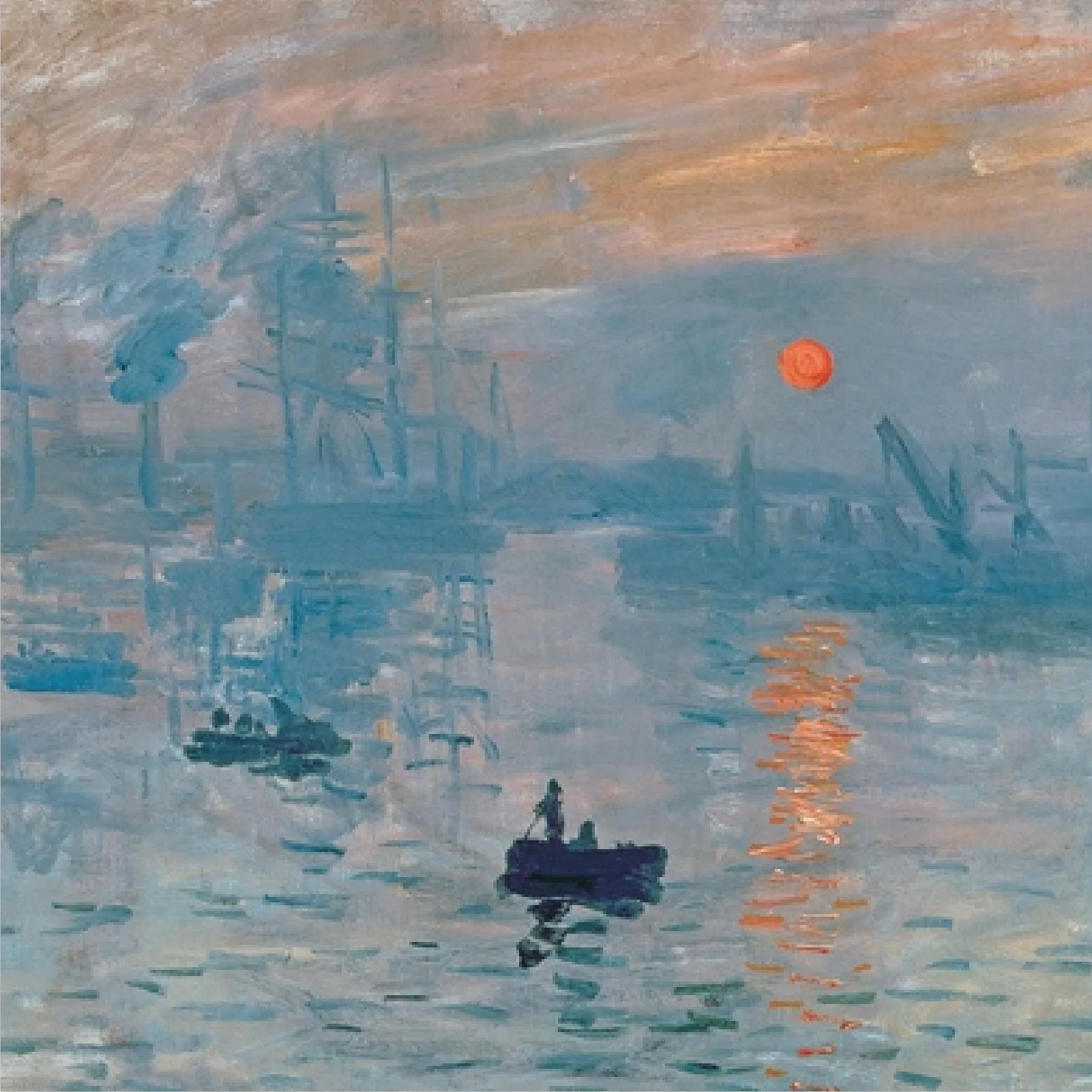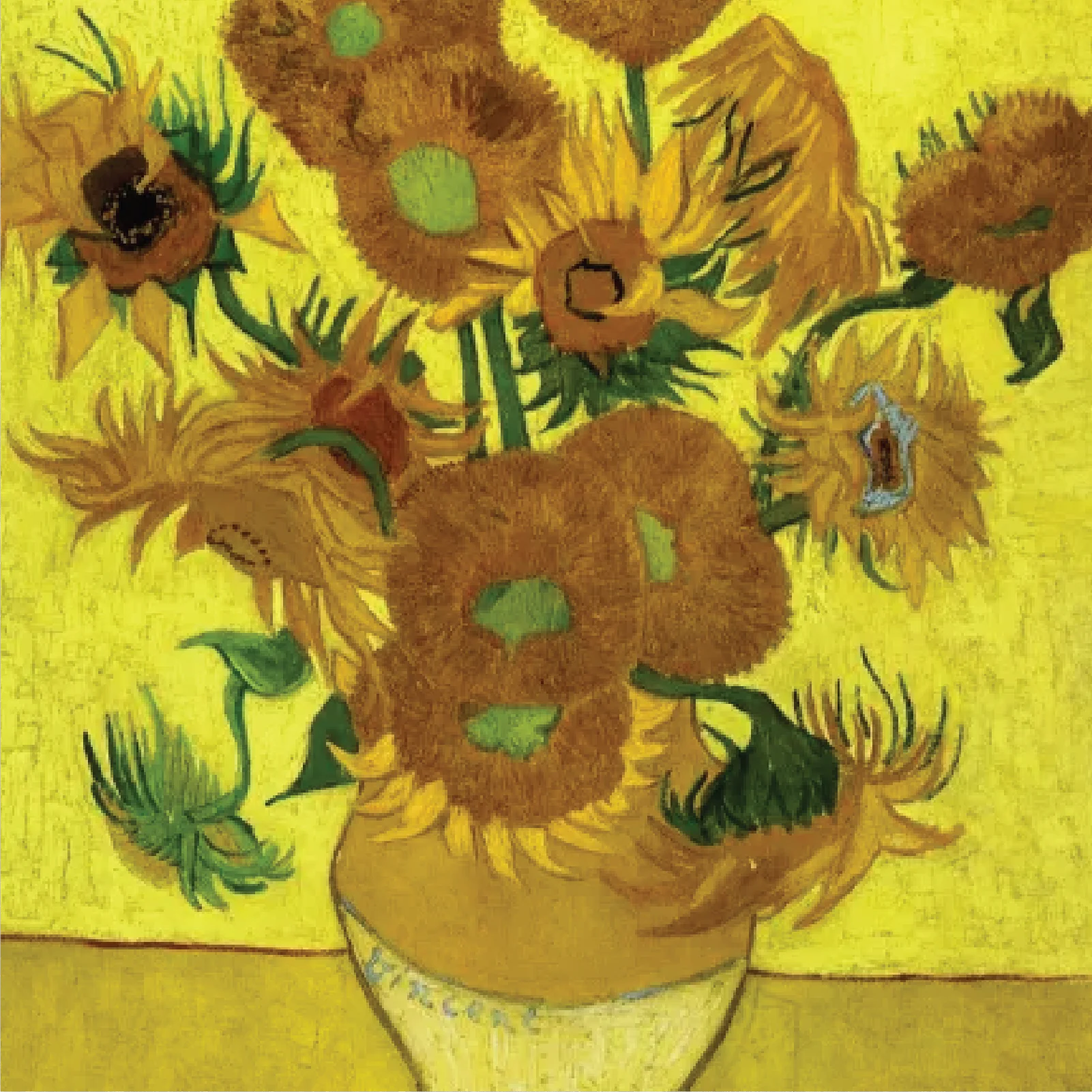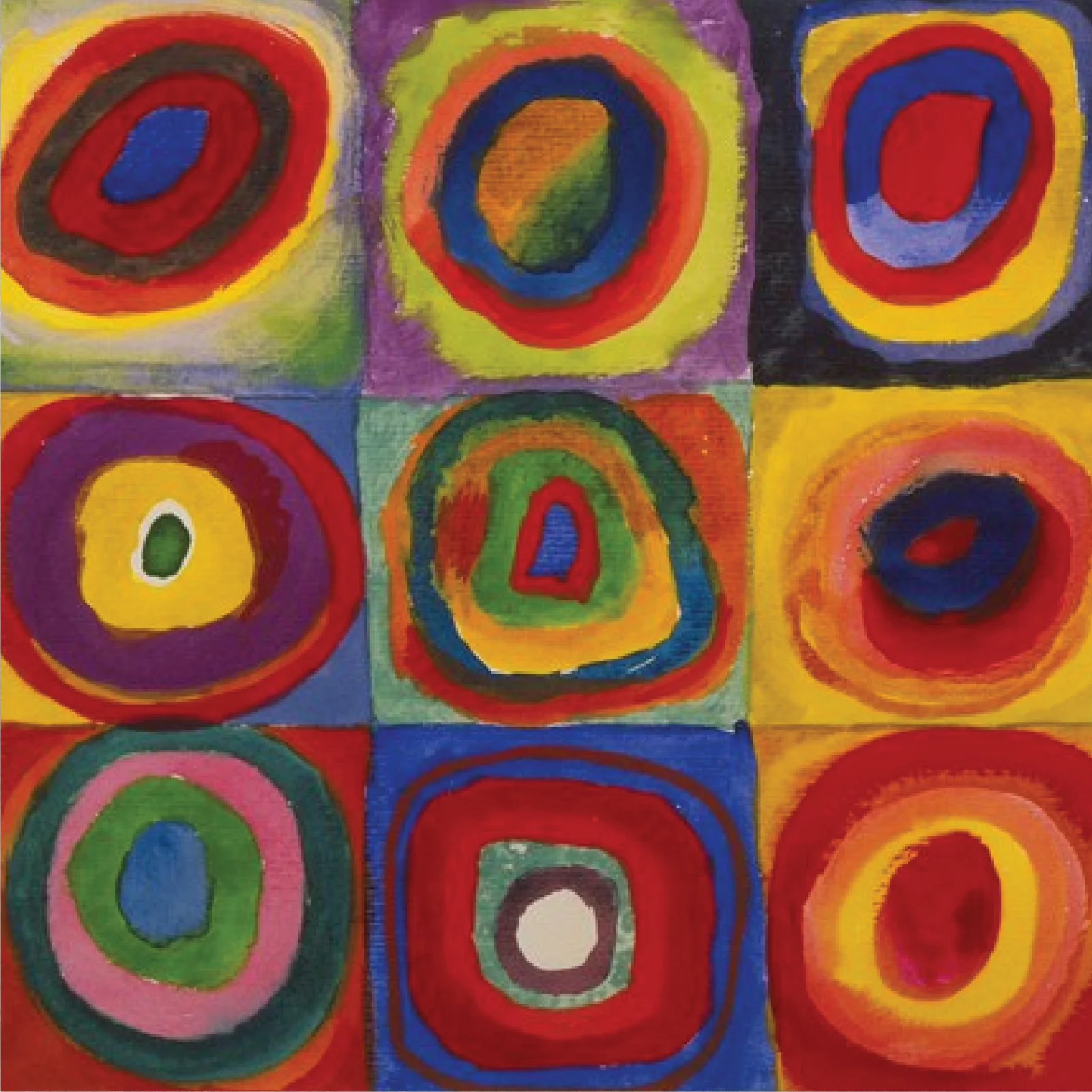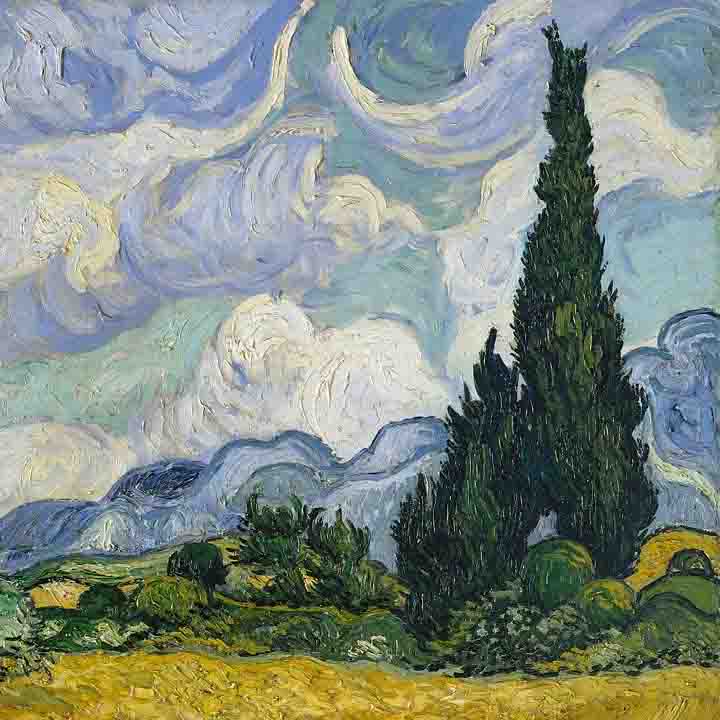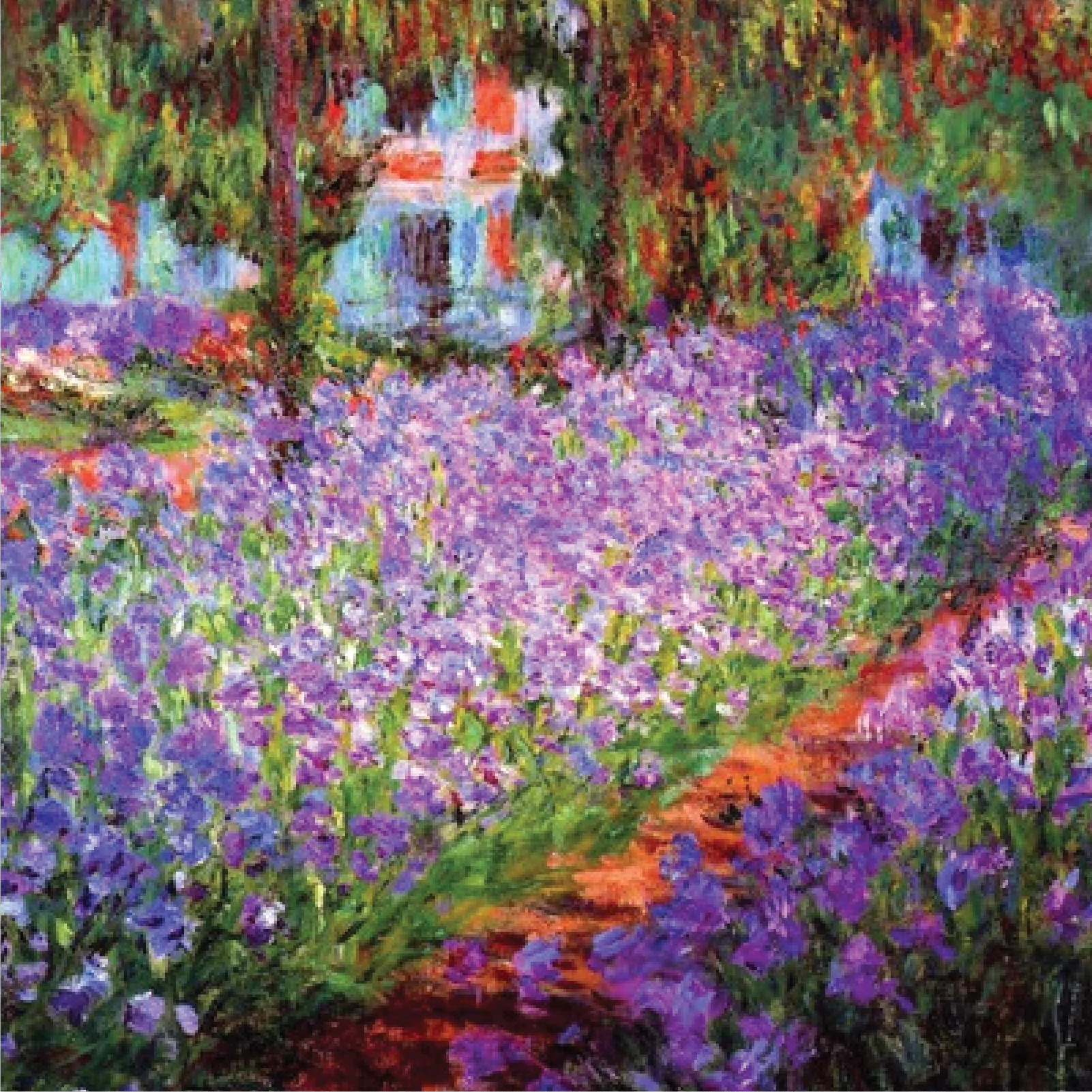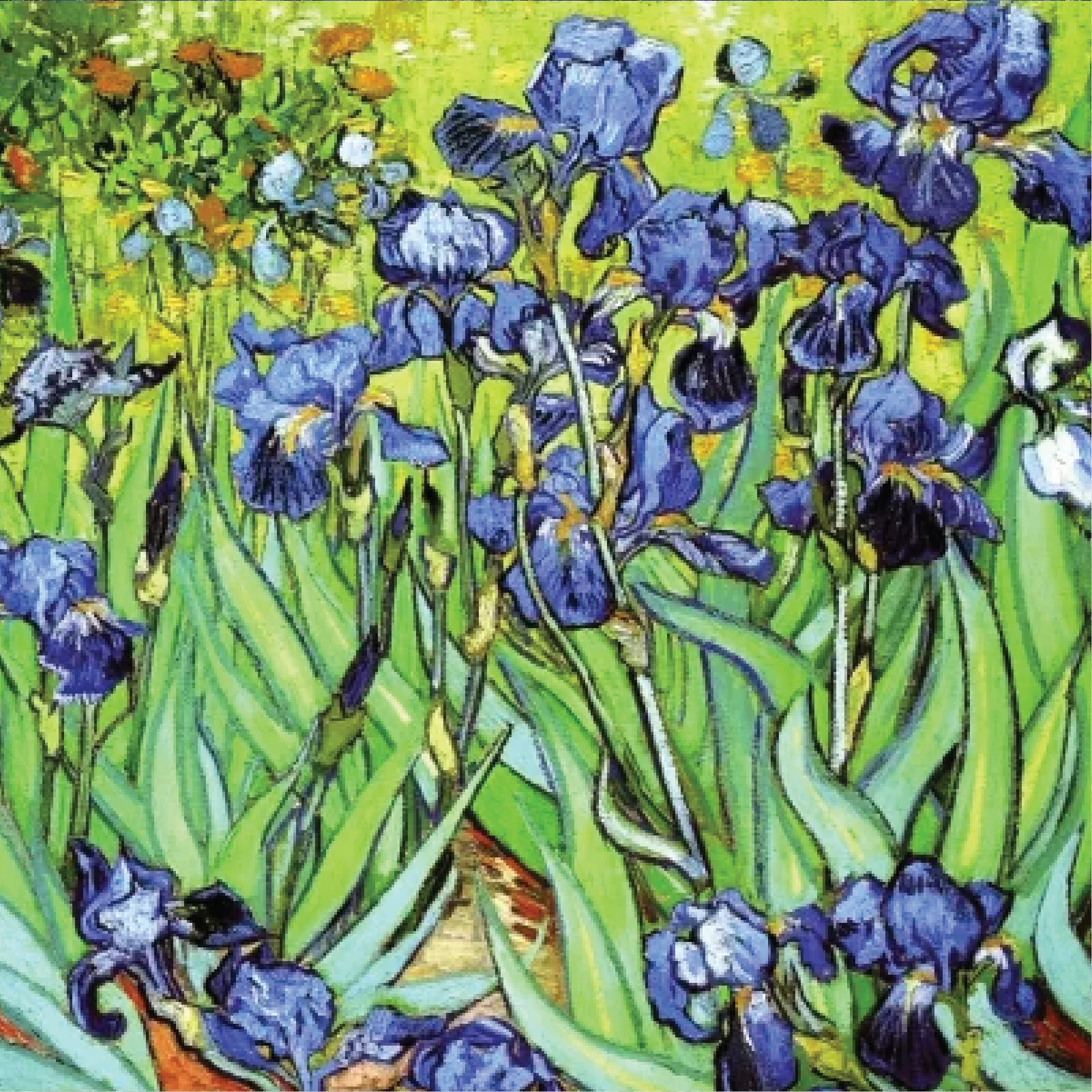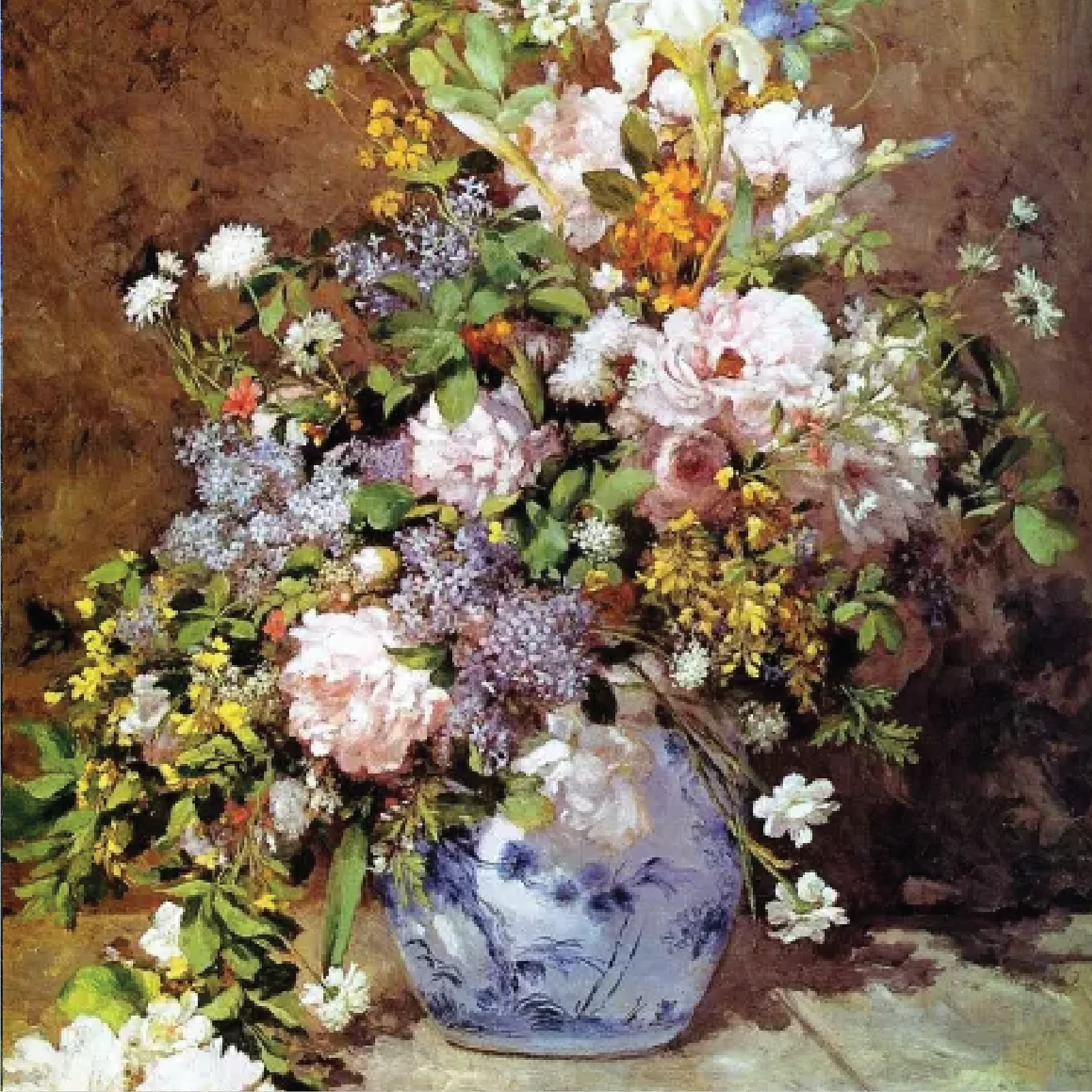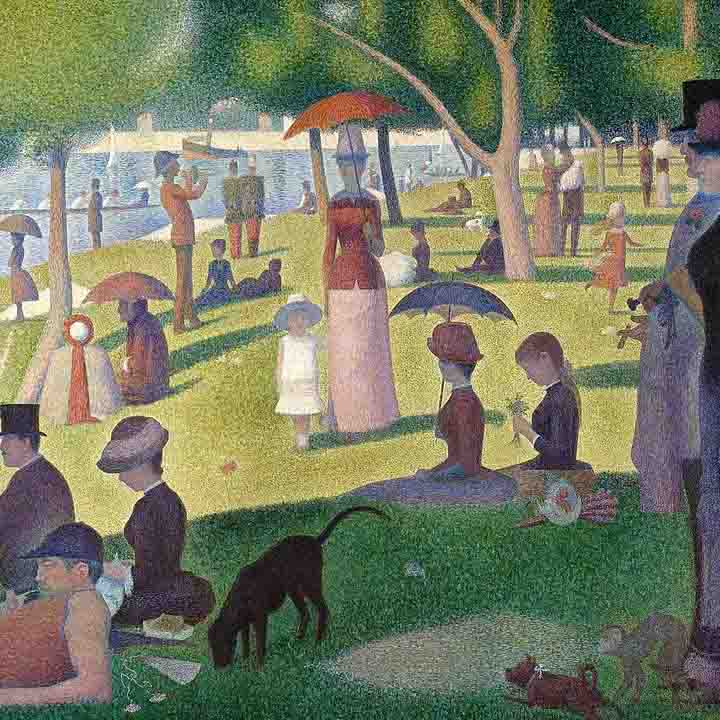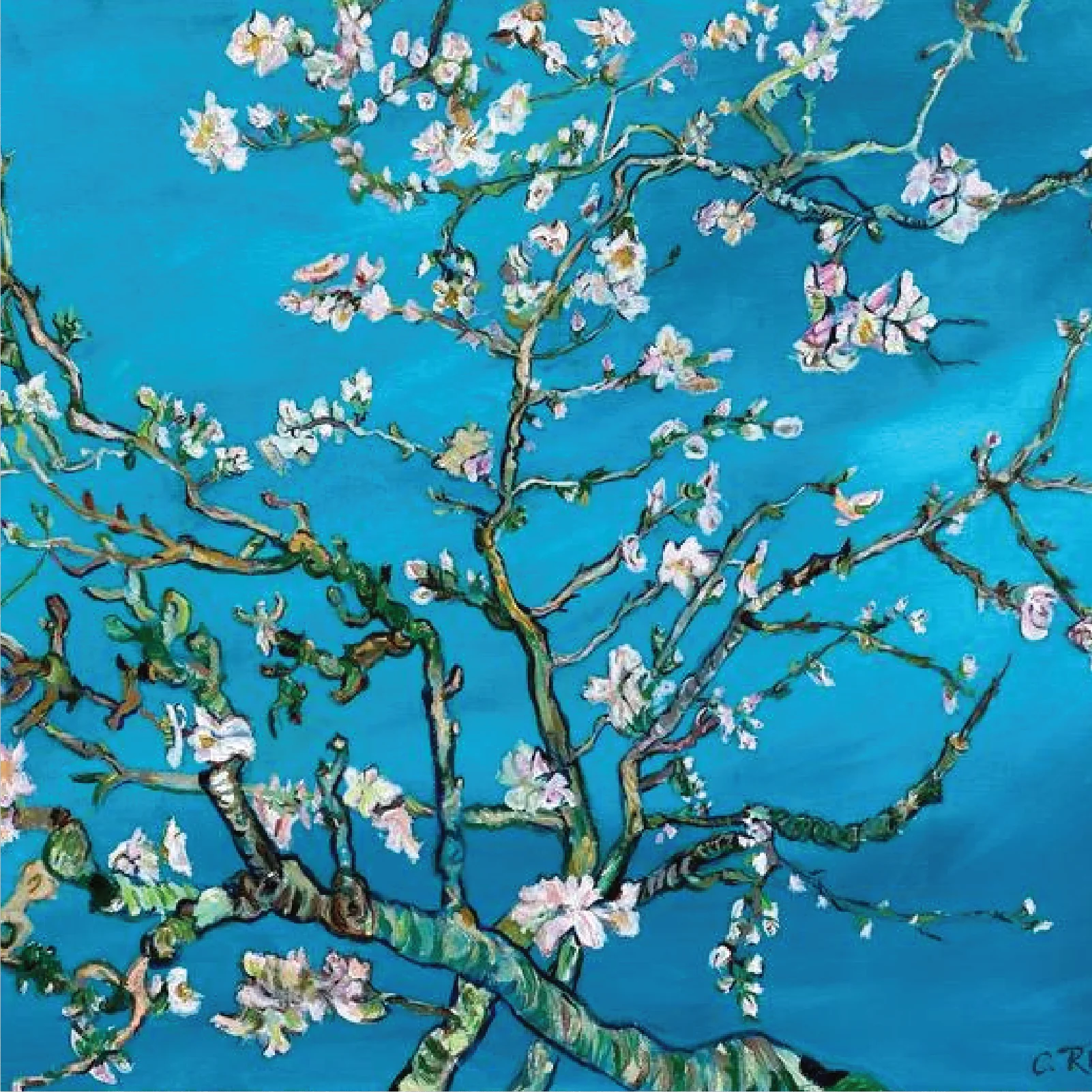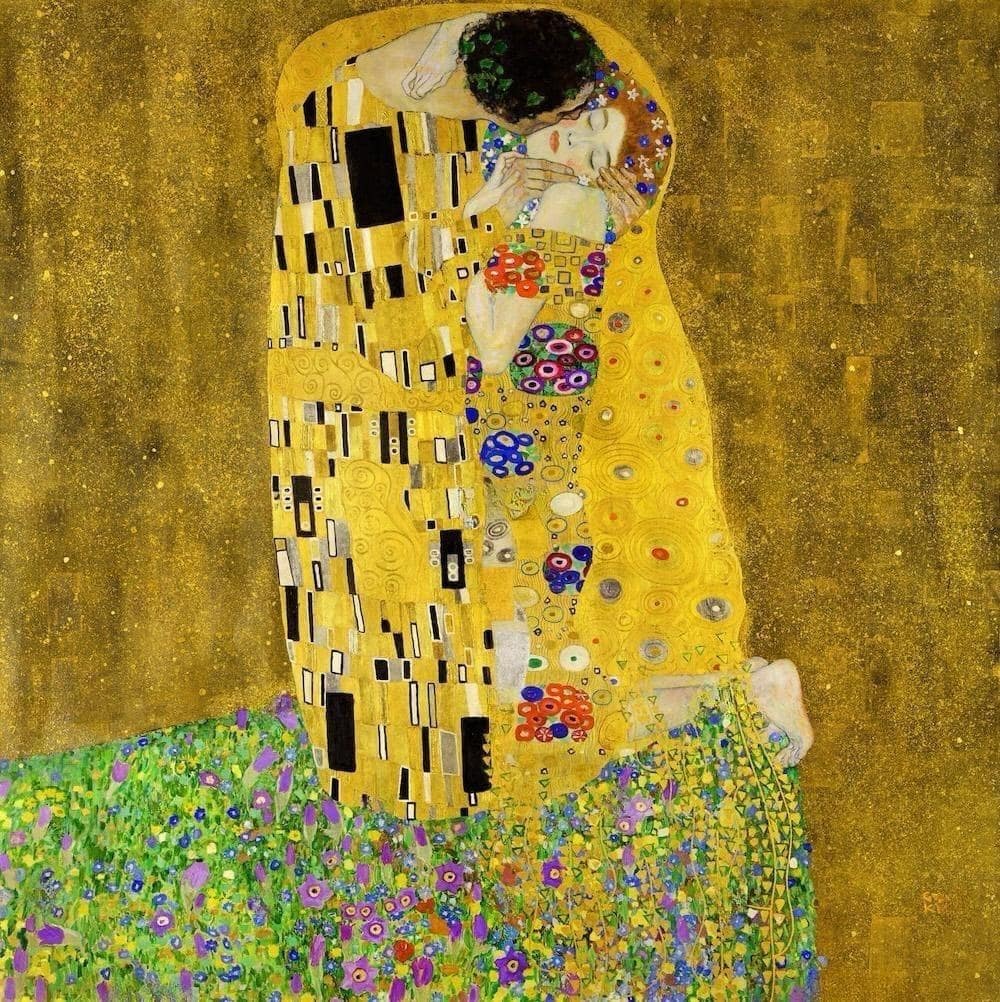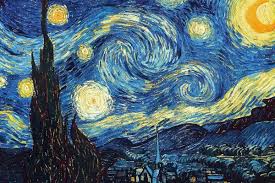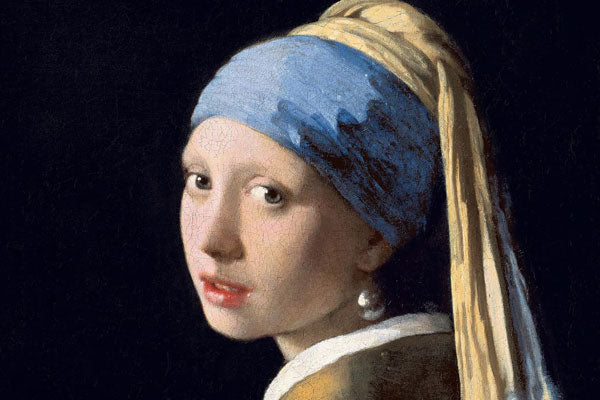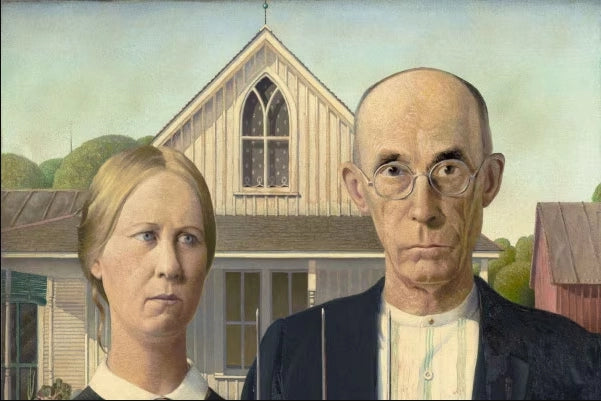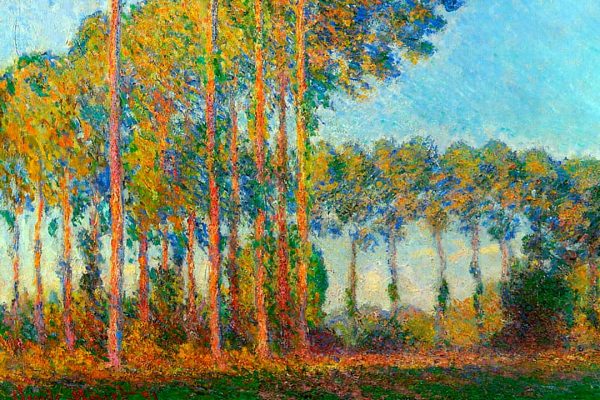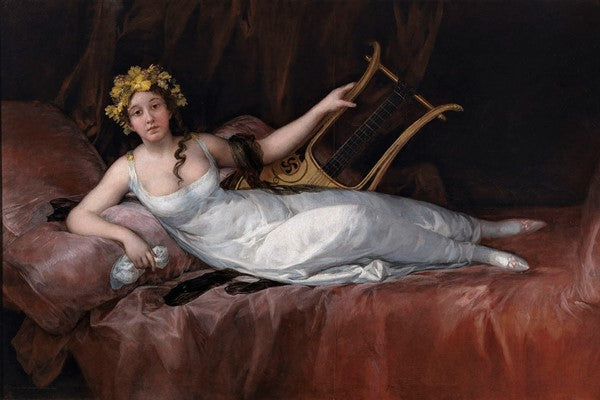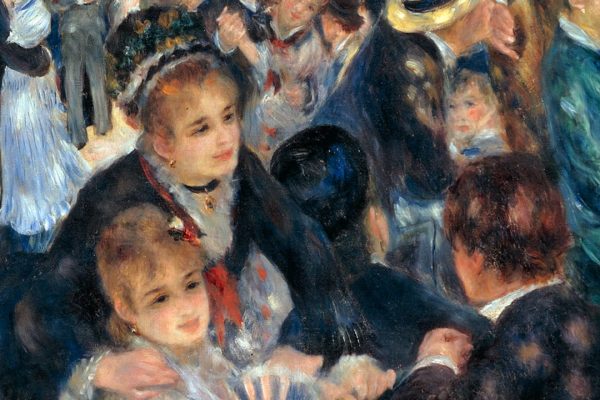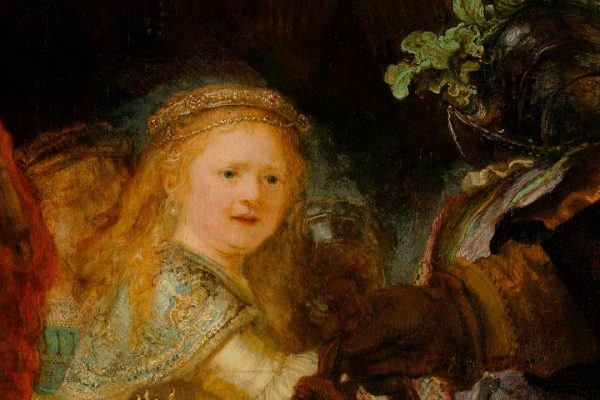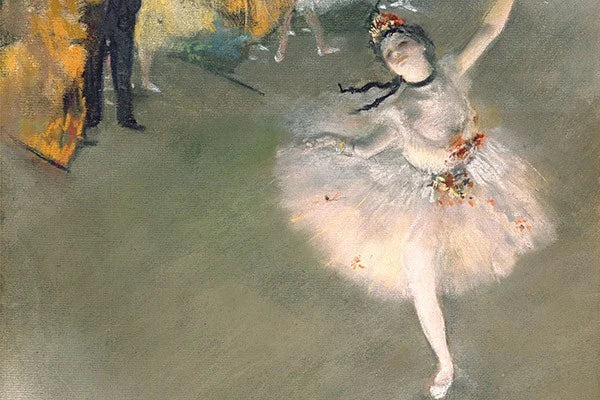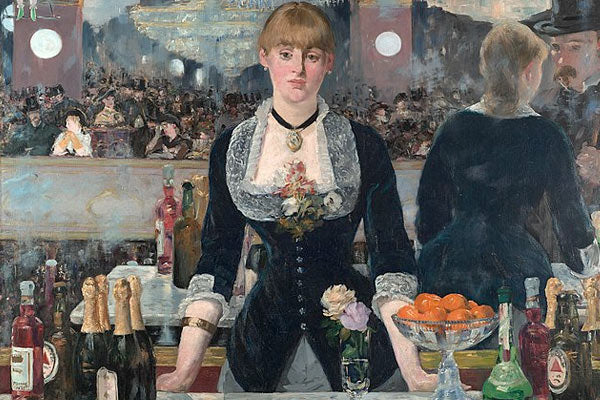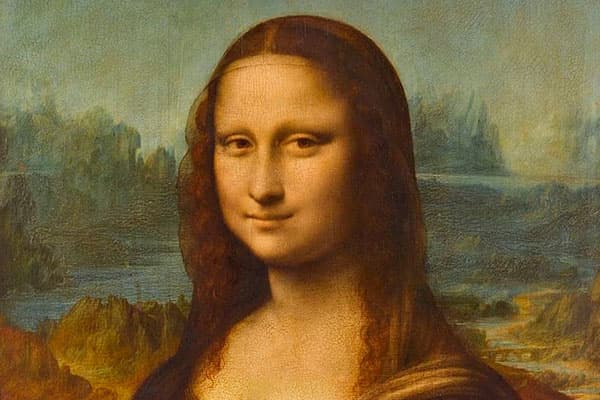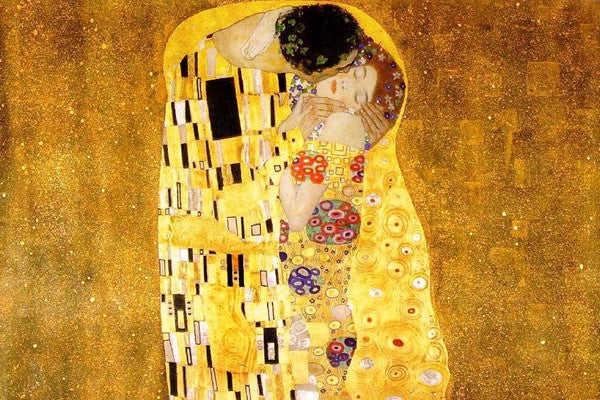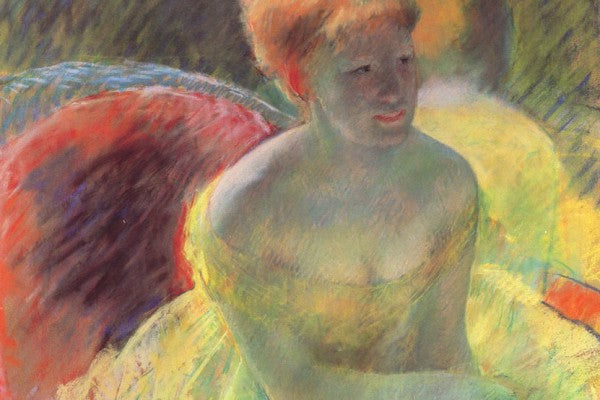Reproducing a painting can be a fascinating and rewarding process, whether for personal enjoyment, preservation, or commercial purposes. Many art lovers and collectors seek reproductions of famous works or personal favorites to display in their homes, while artists may want to create multiple copies of their own oil paintings for sale. So, how to have a painting reproduced? The reproduction process can range from traditional hand-painted replicas to modern digital printing methods, each with its own advantages and considerations.
Discover exquisite hand-painted reproductions at Art & See. Own timeless masterpieces at an affordable price.
The key to a successful reproduction lies in selecting the right method, understanding the materials involved, and ensuring high-quality results. Additionally, ethical and legal considerations must be taken into account, especially when dealing with copyrighted artworks.
Art&See provides the best oil painting reproductions – Hand-painted by skilled artists, our museum-quality reproductions bring timeless masterpieces into your home.
Whether you are an artist looking to reproduce your own work, a collector interested in a duplicate of a masterpiece, or a business aiming to sell reproductions, following the right steps is essential to achieving the best possible outcome.
How to Have a Painting Reproduced | Choosing the Right Reproduction Method
There are several ways to reproduce a painting, and the choice of method depends on factors such as budget, purpose, and desired level of accuracy. The most common methods include hand-painted reproductions, giclée printing, and photographic reproduction. Here’s how to have a frame portrait painting reproduced:
1. Hand-Painted Art Reproduction
Hand-painted reproductions involve an artist recreating the original painting by carefully replicating the brushstrokes, color, and texture. This method is often used for famous painting, classical artworks and high-end reproductions. It requires a skilled artist with an in-depth understanding of the original painting techniques. Although this method can be time-consuming and expensive, it offers the most authentic look and feel of the original artwork.

2. Giclée Printing
Giclée printing is a popular modern method that uses high-resolution digital scans of the original painting to produce prints on canvas or fine art paper. This method captures even the smallest details, including the texture and brushwork of the original, making it a high-quality and cost-effective option. Giclée prints are widely used by artists and galleries to produce limited-edition prints of original works.
3. Photographic Reproduction
Photographic reproduction involves taking high-resolution images of the painting and printing them onto paper, canvas, or other surfaces. While this method is suitable for posters or decorative prints, it may not capture the texture and depth of a painting as well as giclée printing or hand-painted reproduction.
Preparing the Artwork for Reproduction
To ensure the best reproduction quality, proper preparation of the artwork is crucial. If the original painting belongs to you or is in your possession, begin by cleaning it gently to remove any dust or dirt that could affect the quality of the scan or photograph. For paintings with heavy texture or gloss, lighting conditions should be carefully controlled to minimize reflections and shadows.
If using a digital reproduction method, capturing a high-resolution image of the artwork is the first step. Professional photography equipment or a high-quality scanner should be used to ensure that all details, colors, and textures are accurately preserved. For large paintings, specialized scanning services may be necessary, as standard scanners may not accommodate the full size of the artwork.
For hand-painted reproductions, the artist creating the copy should have access to clear reference images, preferably taken in natural lighting to capture accurate colors. If possible, the artist should view the original painting in person to better understand its texture and depth.
Selecting the Right Printing or Painting Materials
The choice of materials plays a crucial role in determining the quality and longevity of the reproduction. For hand-painted copies, using the same type of paint as the original—whether oil, acrylic, or watercolor—helps maintain authenticity. The choice of canvas, board, or paper should also match the original as closely as possible.

For giclée prints, archival-quality ink and acid-free paper or canvas should be used to ensure durability and resistance to fading over time. High-quality pigment-based inks provide better color accuracy and longevity compared to standard dye-based inks.
Many professional print shops offer giclée printing services with options for different textures and finishes, allowing customers to choose a look that closely resembles the original artwork.
Ensuring Color Accuracy and Detail
One of the biggest challenges in painting reproduction is maintaining accurate colors and details. Differences in lighting conditions, screen calibration, and printing processes can all affect the final outcome. Professional printers and artists often use color-matching techniques to ensure that the reproduction closely resembles the original.
If using digital methods, color correction may be necessary during the editing process to ensure consistency. Artists who create hand-painted reproductions typically perform side-by-side comparisons to fine-tune the colors and details. A proof print or test sample can be helpful before producing the final version, allowing for any necessary adjustments.
Legal and Ethical Considerations
When reproducing a painting, it is important to consider copyright laws and ethical guidelines. If the original artwork is still under copyright protection—typically lasting for the lifetime of the artist plus 70 years—you may need permission from the copyright holder before making a reproduction. Unauthorized reproductions of copyrighted works for commercial purposes can lead to legal consequences.
If the painting is in the public domain or the original artist has granted permission for reproduction, you are free to proceed without legal restrictions. Many artists choose to create limited-edition reproductions of their own work, ensuring that each print is numbered and signed to maintain its exclusivity and value.
For personal use, reproducing a painting for private enjoyment is generally acceptable. However, selling or distributing copies of copyrighted works without permission is not allowed. Understanding these legal aspects is essential to avoid potential legal issues.
Where to Get a Painting Reproduced?
There are several options for having a painting reproduced, depending on the chosen method. For hand-painted reproductions, professional artists and studios specializing in fine art replication can be hired. Many online services offer commission-based painting reproduction, Art&See allowing customers to select an artist with the right skill level and style.

For giclée printing, professional print shops and online art reproduction services provide high-quality prints with various customization options. Local print shops may also offer giclée printing, but it is important to ensure they use archival-quality materials. Some art galleries and museums provide reproduction services for artworks in their collections, often producing authorized copies for sale.
If opting for photographic reproduction, high-quality printing services can produce posters and decorative prints. Many online platforms allow customers to upload high-resolution images and order prints in different sizes and materials.
Final Words
Reproducing a painting is a process that requires careful consideration of the method, materials, and ethical implications. Whether opting for a hand-painted replica, a giclée print, or a photographic reproduction, ensuring high quality and accuracy is key to achieving a successful result. The choice of technique depends on the purpose of reproduction, budget, and desired level of detail.
For those looking to replicate their own artwork, giclée printing provides a reliable and cost-effective solution, while artists seeking a more traditional approach may prefer hand-painted copies. Understanding copyright laws is essential when reproducing existing artworks, ensuring that all legal and ethical guidelines are followed. Hope so, now you know how to have a painting reproduced.
Affordable elegance, timeless beauty. Find your perfect hand-painted reproduction at Art & See.
With the right approach and attention to detail, a painting reproduction can be a valuable and beautiful addition to any collection, preserving the essence of the original artwork while making it accessible to a wider audience.
